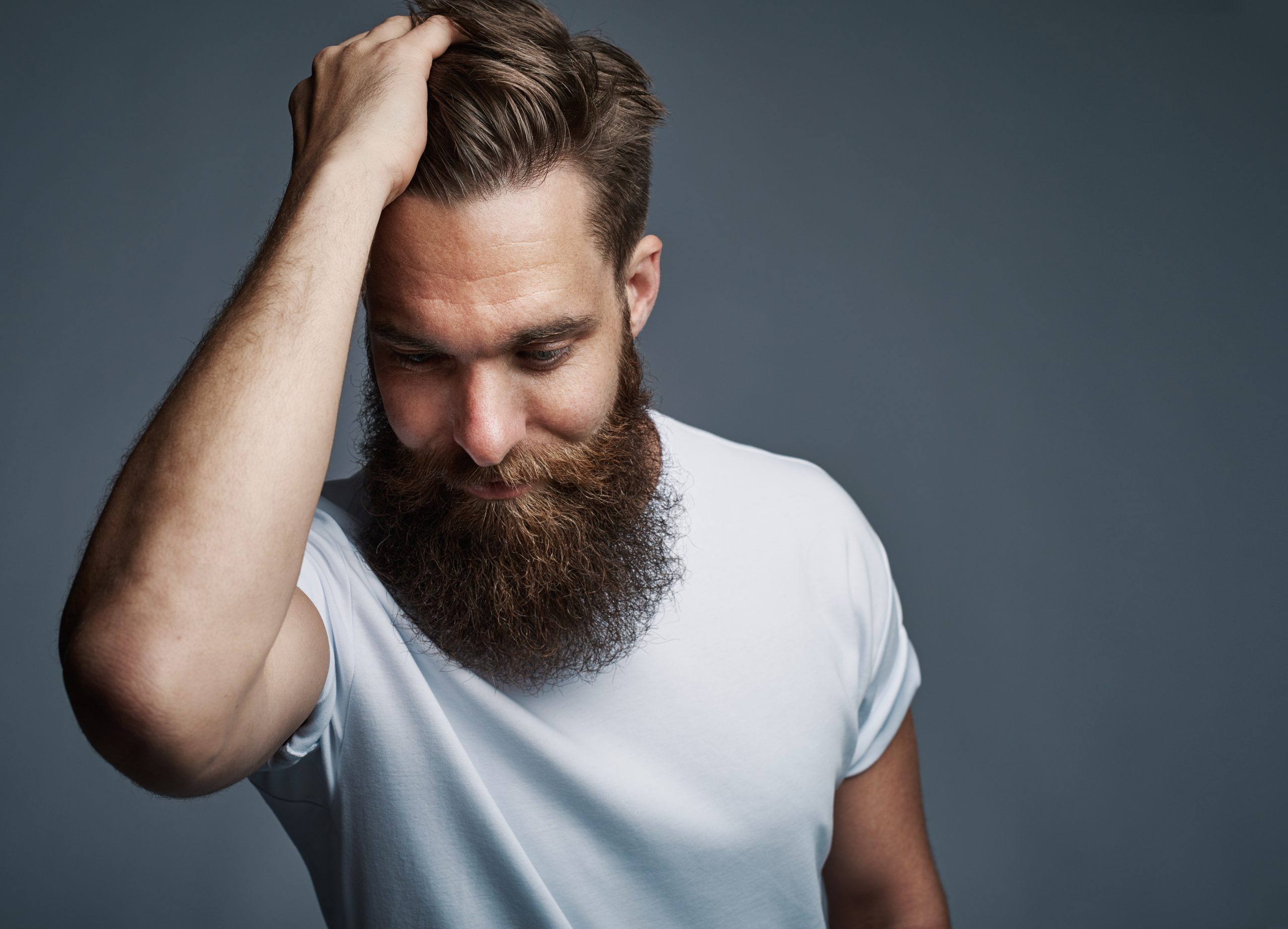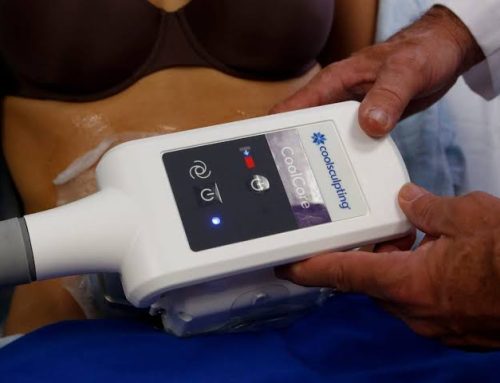Introduction
Hair transplant procedures have become increasingly popular in recent years, offering individuals an effective solution to hair loss and balding. While the success of a hair transplant largely depends on the quality of the procedure itself, post-operative care is equally essential to achieve the best results. In this article, we will provide you with valuable tips on how to maximize the outcomes of your hair transplant and ensure that your new hair grows strong and healthy.
What are the guidelines for After Hair Transplant?
- Follow Your Doctor’s Recommendations: Your surgeon knows your specific case better than anyone. Always adhere to the post-operative instructions provided by your doctor. They will give you tailored advice for your unique situation.
- Gentle Hair Washing: Proper hair washing is vital to avoid complications. The process should include softening the transplanted and donor areas with a suitable moisturizer for 15-30 minutes before gently washing with warm water. Use a special medical shampoo designed for post-transplant care. Do not rub the scalp during washing; use a gentle, palm-based method to avoid dislodging grafts. Keep washing stages soft and pressure-free. (In the first 10 days post Hair Transplant you need to wash your hair daily).
- Daily Shampooing: Shampooing should be carried out daily in the initial days to remove scabs, and continue until around 10 days post-op. After this period, there should be no traces of dried blood or scabs. Only then can you return to washing your hair as usual. Contact your medical provider to update after the first 10 days. If the dry blood areas are gone, your medical advisor will share with you the upcoming steps.
- Avoid Silicone, Perfume, and Dyes: If you need to purchase your hair products, make sure they do not contain silicone, perfume, or dyes, as these ingredients can harm the healing process.
- Manage Pain and Swelling: After the transplant, you may experience mild pain, particularly in the donor area. Over-the-counter painkillers can help alleviate discomfort. Swelling is also possible, but it’s often minimal. Dexamethasone may be prescribed to reduce any swelling around the forehead and eyes.
- Deal with Itching: Post-transplant itching is common and usually indicates tissue healing. In severe cases, consult your surgeon for an antihistamine.
- Sleeping Position: For the first 10 days, avoid touching the recipient area as much as possible. Sleep on your back with your head elevated on several pillows. Using a special pillow provided by the clinic can help protect the grafts during sleep.
- Monitor Healing and Recovery: Healing is typically rapid after hair transplantation, and most patients feel comfortable within a day or two. Red scabs at the base of the transplanted hair shafts in both the recipient and donor areas will be visible for about 10 days. Complete recovery takes place over several weeks to months, up to 1 year, depending on various factors, such as your age, lifestyle, diet, and climate.
- Specific Considerations for Beard Donor Areas: If a beard was used as the donor area, shaving can usually be resumed one week after the operation, as long as there are no more scabs.
- Shaving After Transplantation: The recipient area can be shaven one month after the transplant, while the donor areas can be shaved a week post-op once the scabs have cleared.
- Understanding Shock Loss and Regrowth: Expect some hair to fall out within the first 3-4 weeks after the transplant; this is known as “shock loss.” However, within three to five months, lost grafts slowly begin to regrow. Full regrowth is typically achieved by the seventh month, with the final results evaluated one year post-op.
- Protect Your Scalp: After the transplant, wear a hat provided by the clinic when outside or during your trip home to shield your scalp from dust, sunlight, and other environmental factors. For the first five days post-op, ensure you wear the clinic’s hat. Afterward, choose a hat that doesn’t sit too tight on the recipient areas and doesn’t pull on the newly transplanted grafts.
- Limit Physical Activity: While light walking or non-sweating exercises are permissible immediately after the transplant, you can only resume full exercise ten days post-op. Following workouts, take a shower to reduce the risk of infections.
- Avoid Alcohol and Sun Exposure: Do not consume alcohol for the first two weeks after the procedure, as it can hinder the healing process. Additionally, avoid direct sunlight for the first two weeks, and wear headwear for the first six months when in the sun to protect your scalp.
- Consider Medication and Hair Products: If prescribed, use medications such as Biotin, Zink and Multivatimins, as recommended by your doctor. Additionally, take care of your scalp health with recommended shampoos, lotions, and creams.
- Use Dermaroller: If necessary, use a dermaroller 30-45 days post-op to massage the scalp and improve blood circulation. This can stimulate healing and hair regrowth.
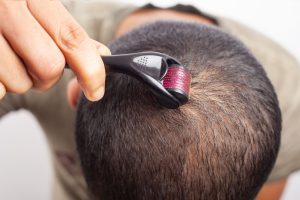
When I can get to normal after Hair Transplant?
- Hair wash in the shower: 10-14 days post-op
- Sexual activities: 10 days after hair transplant
- Wearing a hat or base cap: 10 days post op
- Gym: 2-3 weeks after hair transplant.
- Lifting weights: Around 60 days after hair transplant.
- Wearing a helmet: Around 4-6 weeks after hair transplant.
- Hair cut: 4 weeks post op. The donor area can be shaved, the recipients area only with a scissor.
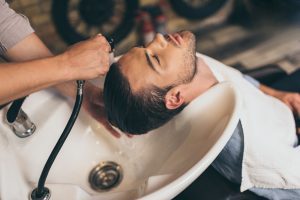
- Dermaroller: 30-45 days after hair transplant.
- Sauna: 3 months after hair transplant
- Swimming (Swimming Pool): 3 months after hair transplant
- Swimming in the Sea or Ocean: 2,5 – 3 months after hair transplant
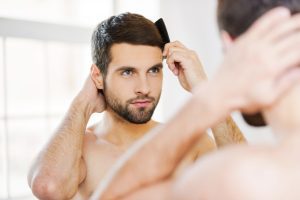
Conclusion
A successful hair transplant depends on both the quality of the procedure and your commitment to post-operative care. To achieve the best results, closely follow your doctor’s guidance and the post-operative care tips outlined in this article. Remember that patience is key, and while the road to a full head of hair may have its challenges, the end result is well worth the effort.
Disclaimer: The content on this blog is intended for general informational purposes only. It is not a substitute for professional medical advice, diagnosis, or treatment. Always consult qualified healthcare providers for personalized advice. Information regarding plastic surgery, dental treatment, hair transplant, and other medical procedures is educational and not a guarantee of results. We do not assume liability for actions taken based on blog content. Medical knowledge evolves; verify information and consult professionals. External links do not imply endorsement. By using this blog, you agree to these terms.

